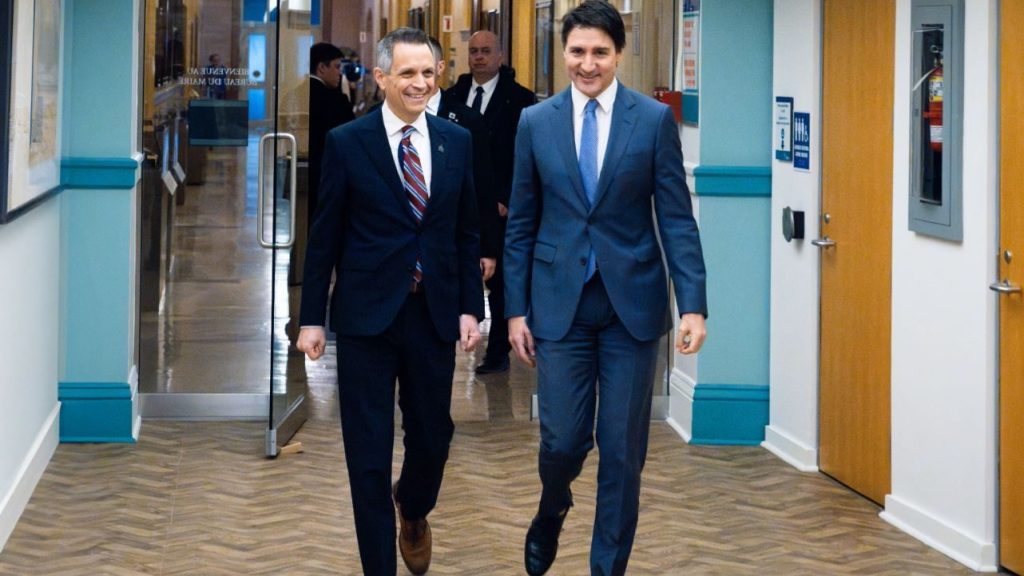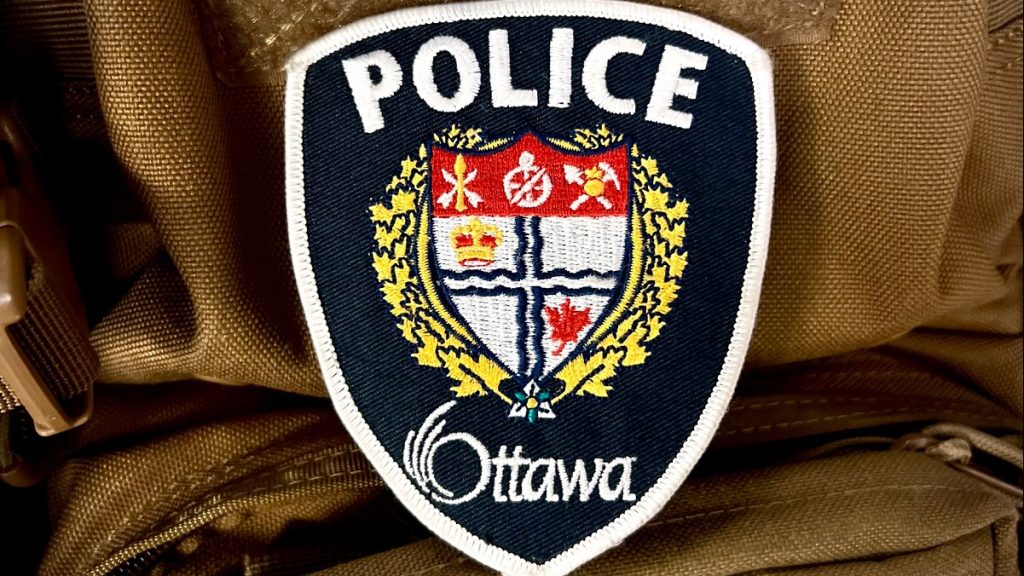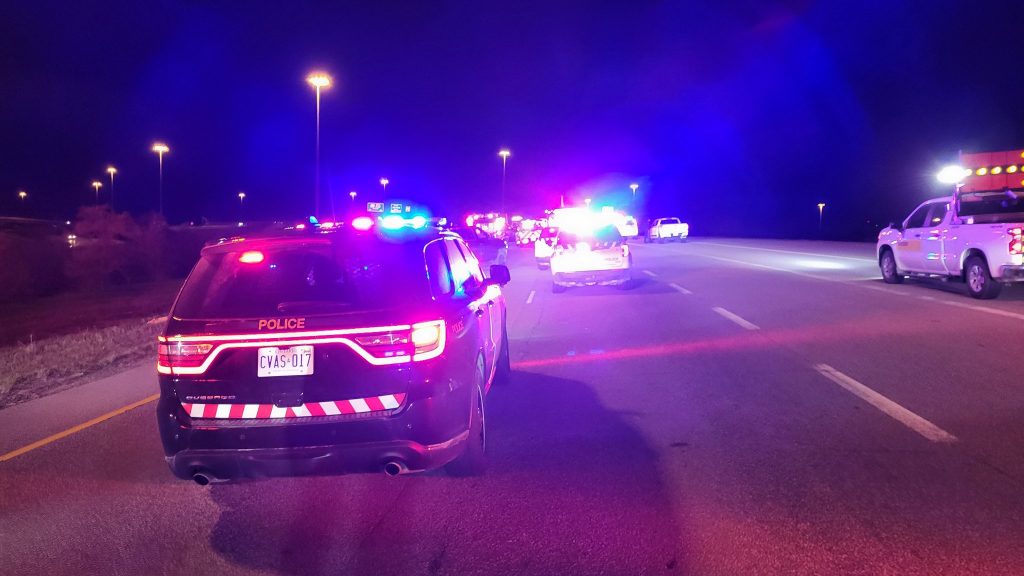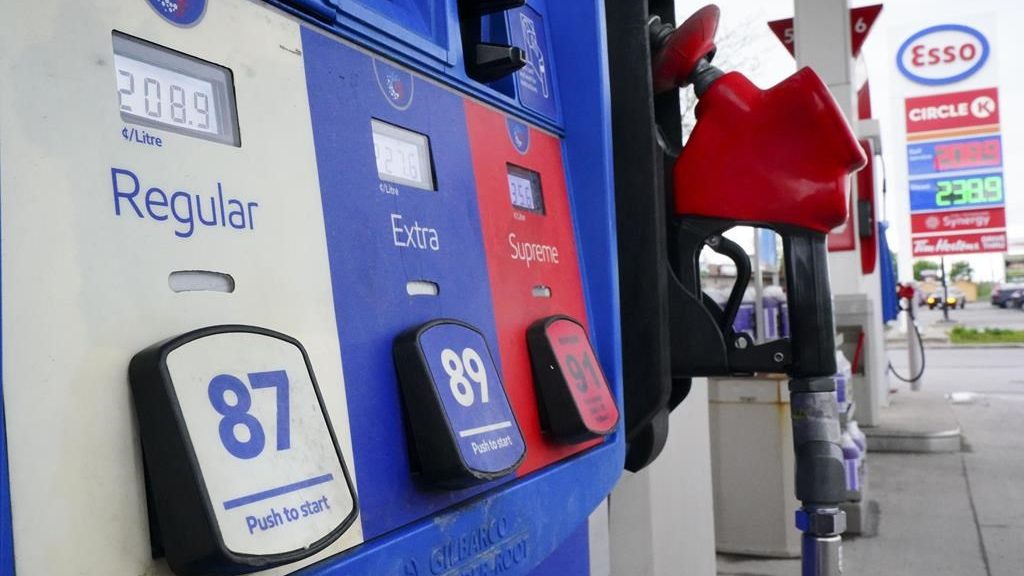UPDATE: Committees to discuss which lands become part of Ottawa’s new city limits; Ecology Ottawa calls sprawl ‘abysmal’
Posted Jan 16, 2021 07:30:00 PM.
With Ottawa’s decision last year to expand the city’s limits, there’s one question that remains: which lands will be considered to be brought inside Ottawa’s urban boundary?
The city’s planning committee and agriculture and rural affairs committee will meet jointly on Monday, January 25 to make that decision as part of the growth management strategy that council adopted in May 2020.
“City Council approved a Growth Management strategy to deliver a measured expansion of our urban boundary and to enhance the formation of 15-minute neighbourhoods across our city. Later this year we hope to approve a New Official Plan for the City, which will position Ottawa for success over the next quarter century,” Mayor Jim Watson said in a statement.
Residents who are interested in giving feedback to the committees are encourages to review the draft report, which recommends not only lands to accommodate new neighbourhoods, but also industrial lands to accommodate employment projections.
“Using Council-approved evaluation criteria, City planning staff scored blocks of land to accommodate new neighbourhoods, prioritizing those next to existing communities,” the city said in its announcement. “Selected lands were further validated to encourage growth near existing commercial areas and existing or planned transit hubs.”
The report recommends approving 1,011 hectares of category 1 lands — lands that are deemed to best meet evaluation criteria.
The report also lays out several options to identify an additional 270 hectares from parcels initially rates category 2 or 3, although these lands would need to meet certain conditions before they could be brought within the boundary in the future.
As well, the report also recommends adding to the city’s supply of vacant lands to accommodate industrial-related jobs.
“This report’s recommendations so perfectly position Ottawa to accommodate our projected population growth,” chair of the planning committee Jan Harder said. “By focusing on completing communities, using current and future transit investments near built commercial areas and relying on existing infrastructure including our 400-series highways, our city will be ready for future development and 15-minute neighbourhoods in places where live, work and play will be the norm.”
The amount of land being considered stems from the provincial policy statement, which requires the city maintain enough and to accommodate residential growth for at least 15 years.
The committees will discuss further protecting agricultural lands by establishing a Gold Belt outside the urban boundary — similar to Ottawa’s Greenbelt.
This new belt could create an additional boundary for communities like Barrhaven, Riverside South, Stittsville and Orleans.
Ecology Ottawa, however, isn't sold on the city's move.
“Council can talk about a 'Gold Belt' all it wants, but we can only predict the future based on the past And council's track record on reining in a sprawl is abysmal,” Robb Barnes, executive director of Ecology Ottawa said in a statement. “
Barnes adds that this report shows the “devastating effects of policymaking.”
In many cases, he says residents most at risk of seeing their local greenspace destroyed are represented by councillors who voted for sprawl.
“We need those residents to speak up and demand better form city hall.”
A final vote on the development will be held in a series of meetings, first one January 25 then again on February 10.










